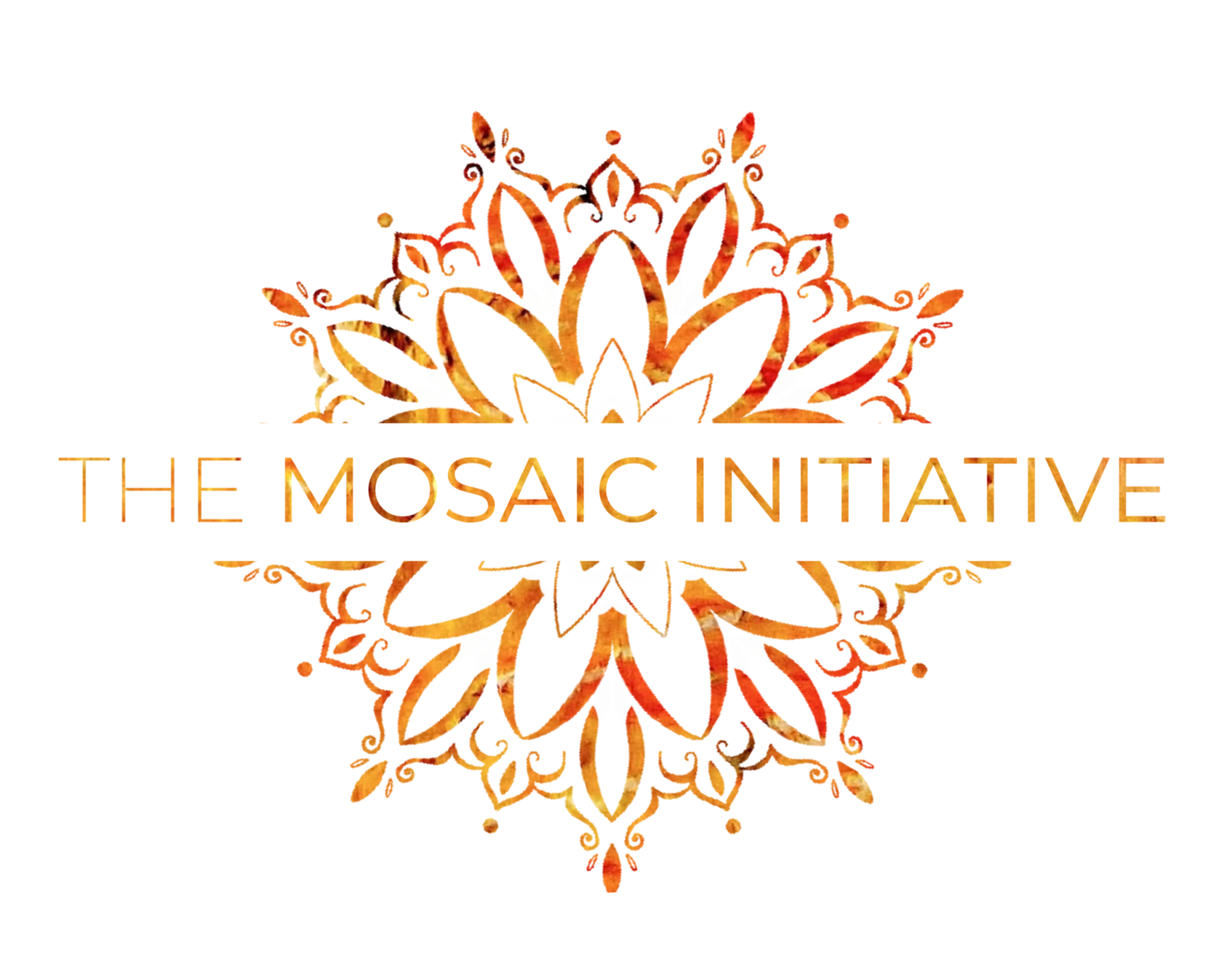Sex Trafficking- A Closer Look
As discussed in our last post, sex trafficking is a form of human trafficking, specifically for sexual purposes. Let’s refresh with the definition of human trafficking-
HUMAN TRAFFICKING-
“the recruitment, transportation, transfer, harbouring or receipt of persons, by means of the threat or use of force or other forms of coercion, of abduction, of fraud, of deception, of the abuse of power or of a position of vulnerability or of the giving or receiving of payments or benefits to achieve the consent of a person having control over another person, for the purpose of exploitation. Exploitation shall include, at a minimum, the exploitation of the prostitution of others or other forms of sexual exploitation, forced labour or services, slavery or practices similar to slavery, servitude or the removal of organs”
-Trafficking of persons defined by the United Nations in Article 3, paragraph (a) Article 3, paragraph (a) of the Protocol to Prevent, Suppress and Punish Trafficking in Persons .
Due to definition of human trafficking seeming to focus on the movement aspect of trafficking, rather than the exploitation itself, expert Siddharth Kara, in his book, Sex Trafficking: Inside the Business of Modern Slavery , proposes “ two definitions that should prove more useful when formulating policies and initiatives intended to abolish acts of sex trafficking:
Slave trading can be defined as the process of acquiring, recruiting, harboring, receiving, or transporting an individual, through any means and for any distance, into a condition of slavery of a slave-like exploitation.
Slavery can be defined as the process of coercing labor or other services from a captive individual, through any means, including the exploitation of bodies or body parts.”
He continues by saying “All sex trafficking crimes have two components: slave trading and slavery. Slave trading represents the supply side of the sex trafficking industry. Slavery represents the demand side. Within these two components, there are three steps:
Acquisition
Movement
Exploitation ”
As Kara explains, Sex trafficking (like other forms of human trafficking) can be understood as this 3 part process. For the next several blog posts we will be focusing on one component: acquisition synonymous with another common term used in this field, recruitment.
Acquisition/Recruitment
Siddharth explains that across the globe acquisition typically happens in 5 ways-
Deceit
Sale by family
Abduction
Seduction or romance
Recruitment by former slaves
While traffickers may use different means of recruitment, most means require traffickers have a process of “grooming” their target. Grooming is the process of targeting and preparing the victim for exploitation. While the common view of trafficking is that all victims are acquired through abduction, held against their will, and exploited through physical force, the reality is that there are many different ways that traffickers recruit and exploit. The following image provides an excellent visual for what the grooming process is.
Acquisition-
Targeting a Victim
Gaining Trust & Information
Filing a Need
Movement-
Isolation
Exploitation-
Abuse Begins
Maintaining Control
In our next blog post we will talk through the 5 forms of acquisition/recruitment and provide real-life examples of how traffickers groom victims with each form of recruitment. Some examples will not fall strictly in one category, but stretch across several, just as there is some overlap between the 3 stages of Aquisition, Movement and Exploitation.
Sources:
https://www.unodc.org/unodc/en/organized-crime/intro/UNTOC.html
http://www.bbc.com/news/uk-28949188
http://www.mcasa.org/_mcasaWeb/wp-content/uploads/2012/03/Behaviors-of-Sexual-Predators-Grooming.pdf
Additional links
http://siddharthkara.com/index.html

